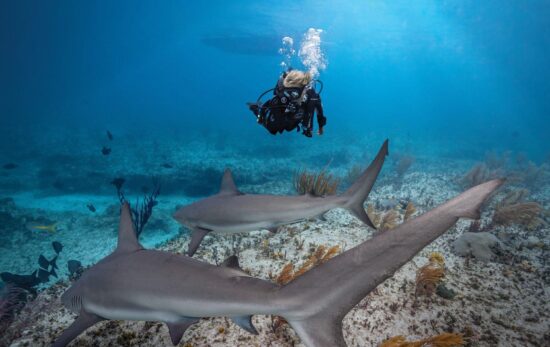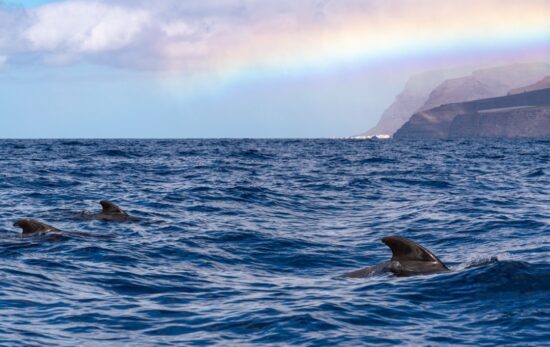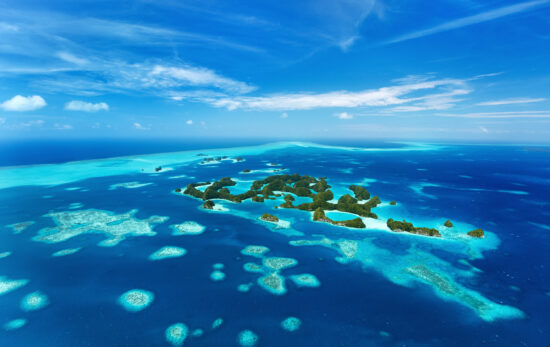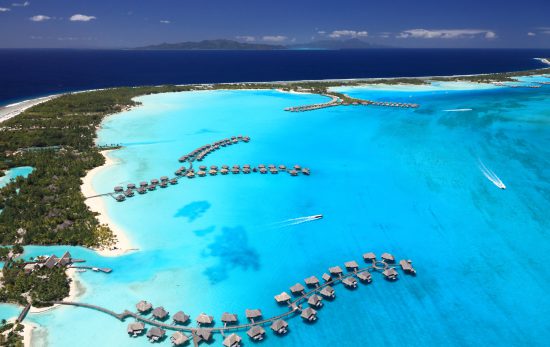As passionate divers, we have this strange common point: we love sharks. As underwater witnesses, we understand how they are fascinating animals and how crucial to healthy oceans they are. Among our best diving moments, the highlight often comes from an unforgettable shark encounter. Whether it’s about meeting the beloved whale shark or an impressive school of hammerhead sharks, crossing path with them underwater is each time a mix of luck and wonder.
To increase the odds, some operators have started to sell artificial experiences regardless of the laws of nature. They use a range of methods from feeding to chumming. They are so many terms to disguise the truth, that it can be tricky not to book something you don’t want to be involved if you are dedicated to becoming a more responsible diver. Here is a selection of places where I have been personally and which have the incredible benefit of offering 100% natural shark encounters in the wild while offering good chances to see your favourite marine animal.
1 – Fakarava Atoll, French Polynesia
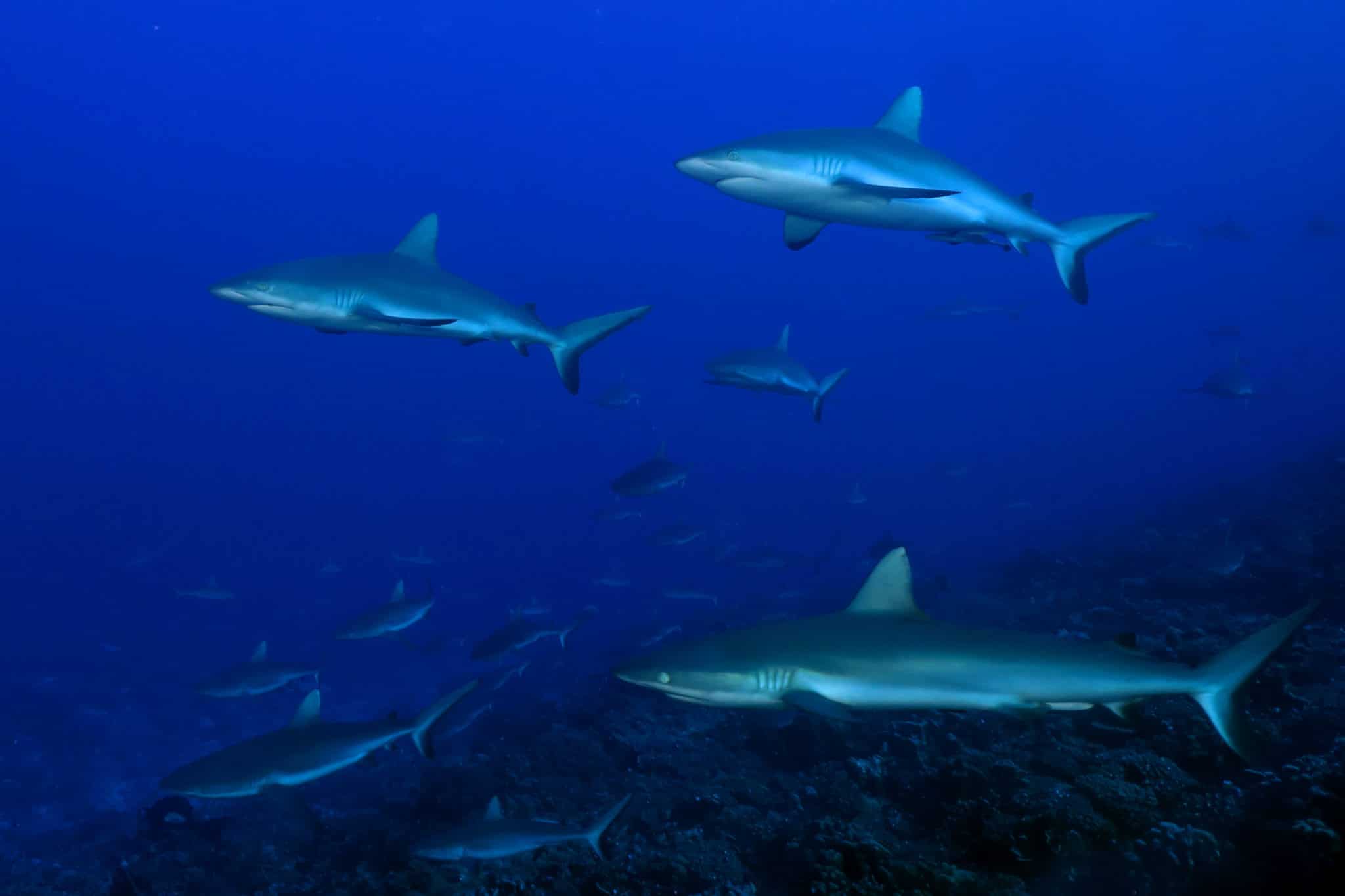
99% chance
The Tuamotu Islands in French Polynesia could be nicknamed the Shark Kingdom. The underwater topography of the atolls with their inner lagoon concentrating nutrients and their passes, which are natural gates through their coral barrier to the Pacific Ocean create ideal spots for sharks to feed on fish and for scuba divers to meet them.
At Fakarava’s south pass, Tumakohua Pass, it’s not less than 700 resident grey reef sharks that you can meet surfing in the current of this gentle drift dive accessible to even Open Water divers due to its shallow depths. It’s quite a journey to get there, but seeing the ‘wall of sharks’, as the local divers nicknamed the spot, is worth the effort. This is one of the best natural shark encounters.
2 – Malapascua, Philippines
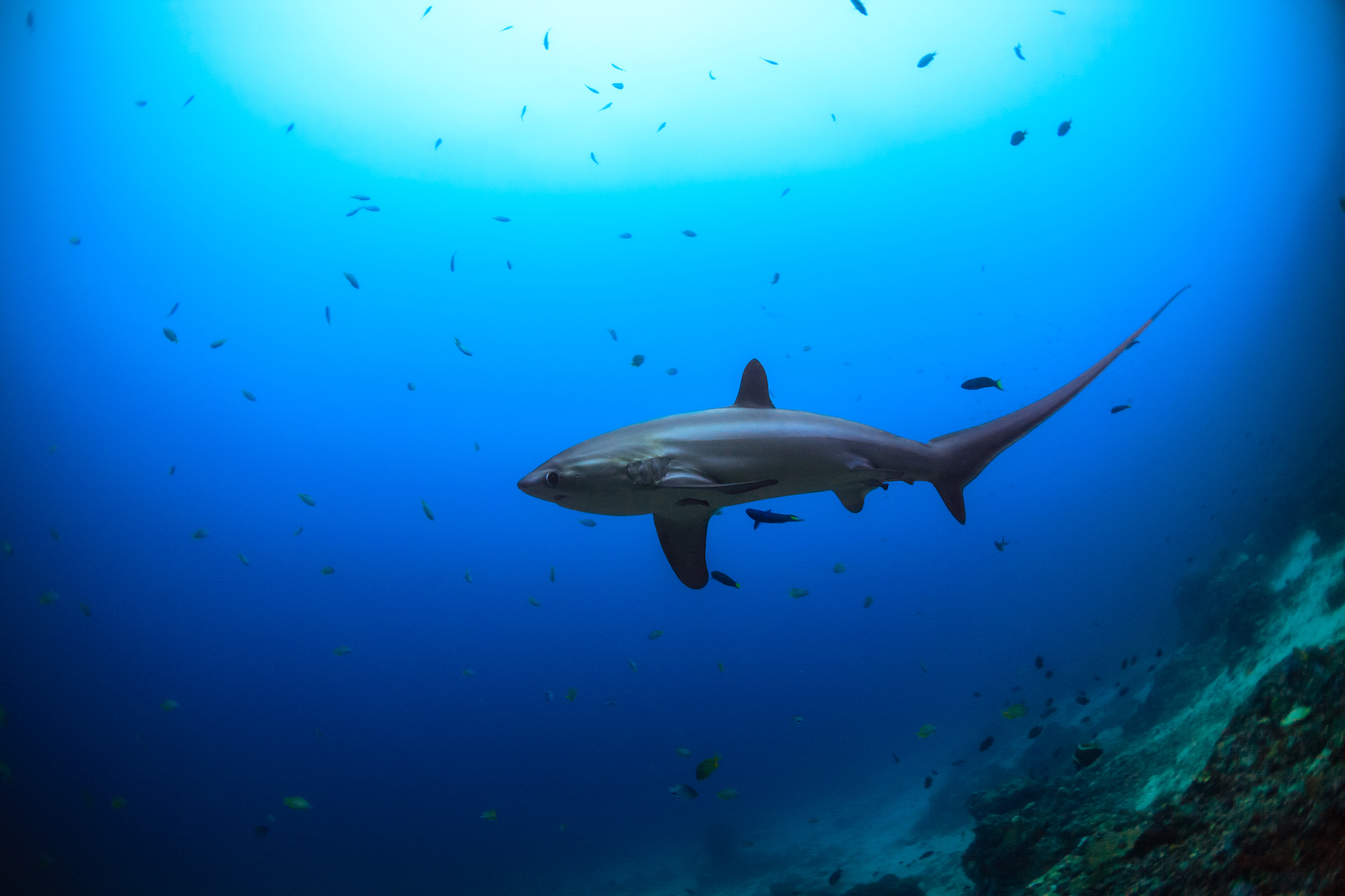
90% chance
The tiny island at the north tip of Cebu Island, in the Philippines, became a scuba diver hot spot thanks to its underwater ambassador, the thresher shark. With their long ribbon-like tail, the thresher sharks are some of the most gracious sharks of the oceans.
You will need to put the alarm clock early at 4.30 am if you want a chance to dive the Monad Shoal site at dawn, when the thresher sharks ascend from the depths to one of their favourite cleaning stations.
Cleaning stations are generally excellent places to observe marine life without any feeding and baiting, and the chances of seeing at least one thresher shark are more than excellent in Malapascua with its natural shark encounters. The dive itself is simple and only consists of reaching the observation point and staying still. As the maximum depth is 30 m (110 feet), this is a dive for Advanced Open Water divers.
3 – Utila, Honduras
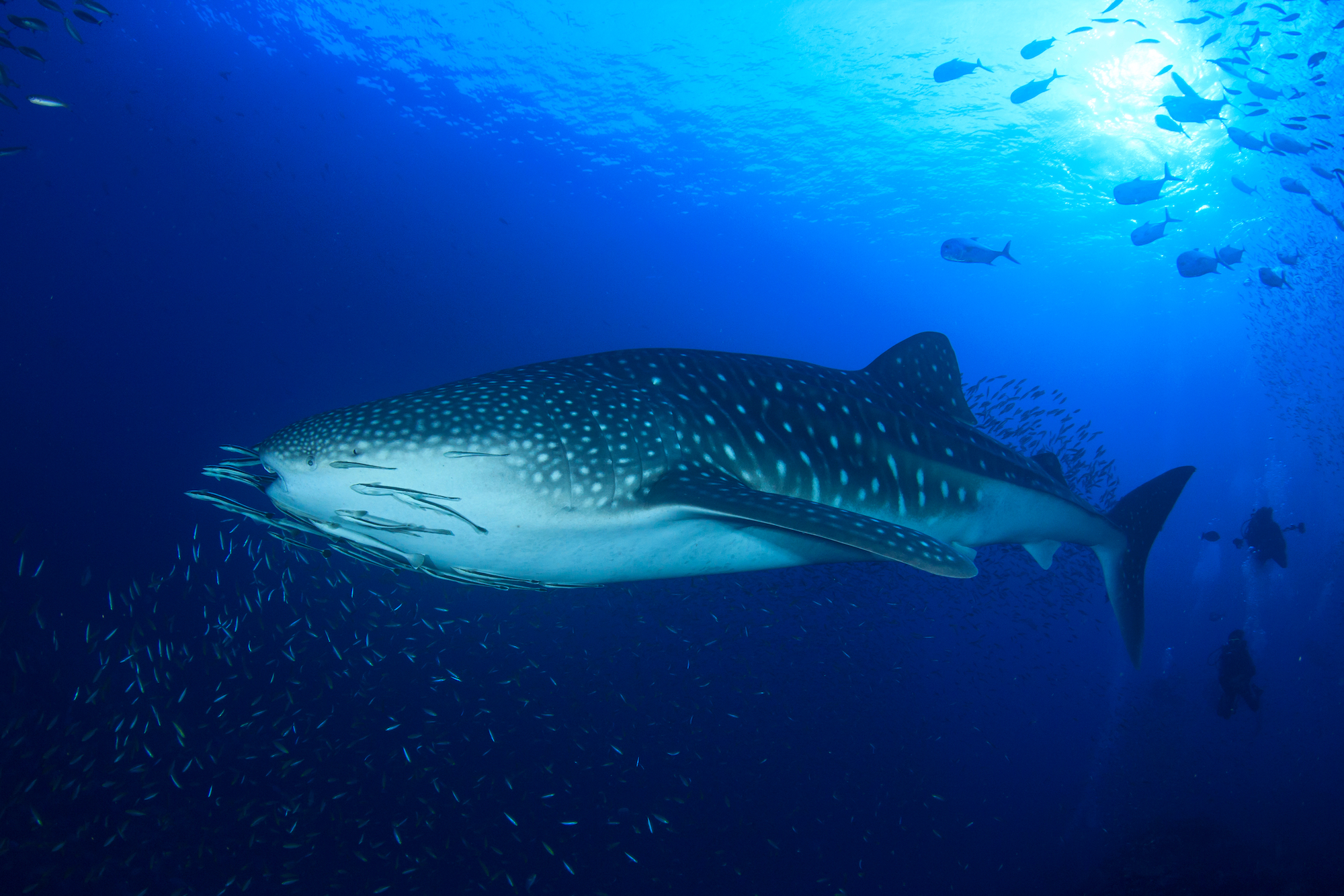
70% chance
There are several spots around the world where you can see whale sharks. Unfortunately, to spend quality time with one of the most beloved marine animals, you need to choose wisely where to go. Between places that are actively feeding whale sharks and those which are not limiting the number of boats and hence snorkellers around them, the dream experience can turn into a responsible diver nightmare.
The small island of Utila, in Honduras, is another scuba diver hotspot. Scuba diving boat captains know how to spot when a whale shark is passing by. So between two dives, you may have the opportunity to gently slide into the water with a small group for quality snorkelling time with a whale shark.
If you can travel to Utila around the peak periods, March-April and September-October, the odds are pretty good. I went scuba diving only three days in Utila and got the chance to see whale sharks on my last day in a natural shark encounter.
4 – Yonaguni, Japan
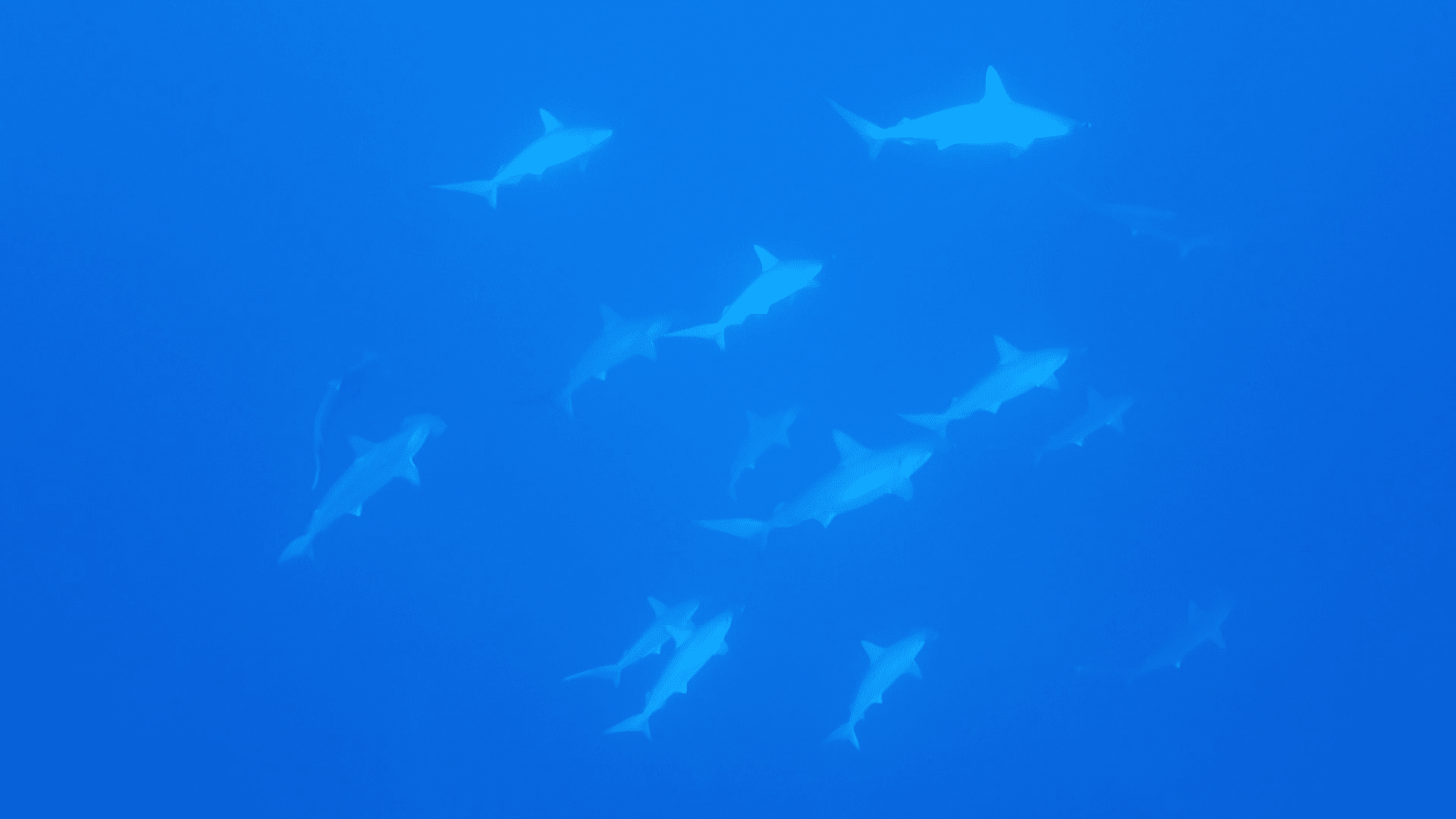
50% chance
Yonaguni Island belongs to Okinawa and is the westernmost island of Japan, about 100 km (62 miles) east of Taiwan. Diving Irizaki Cape into the blue with depths below you between 60 to 80 m (200 to 260 feet) and sometimes strong currents will be only for Advanced divers with experience. 100 logged dives is the usual requirement by local dive centres.
You will also need to patient to hopefully see the hammerhead sharks in natural shark encounters. Out of 9 dives, I saw the hammerhead sharks 4 times, and only one briefly at the safety stop of another dive. The chance ratio is still pretty good, but you need to be prepared for a full day of diving with only blue water.
In the end, it just makes the experience better. This is nature, you can’t control everything. However, when you finally meet the hammerhead sharks, the joy is overwhelming. With their iconic shape and swinging swim style, hammerhead sharks are just some of the most extraordinary sharks of the oceans.
5 – Sound of Mull, Scotland
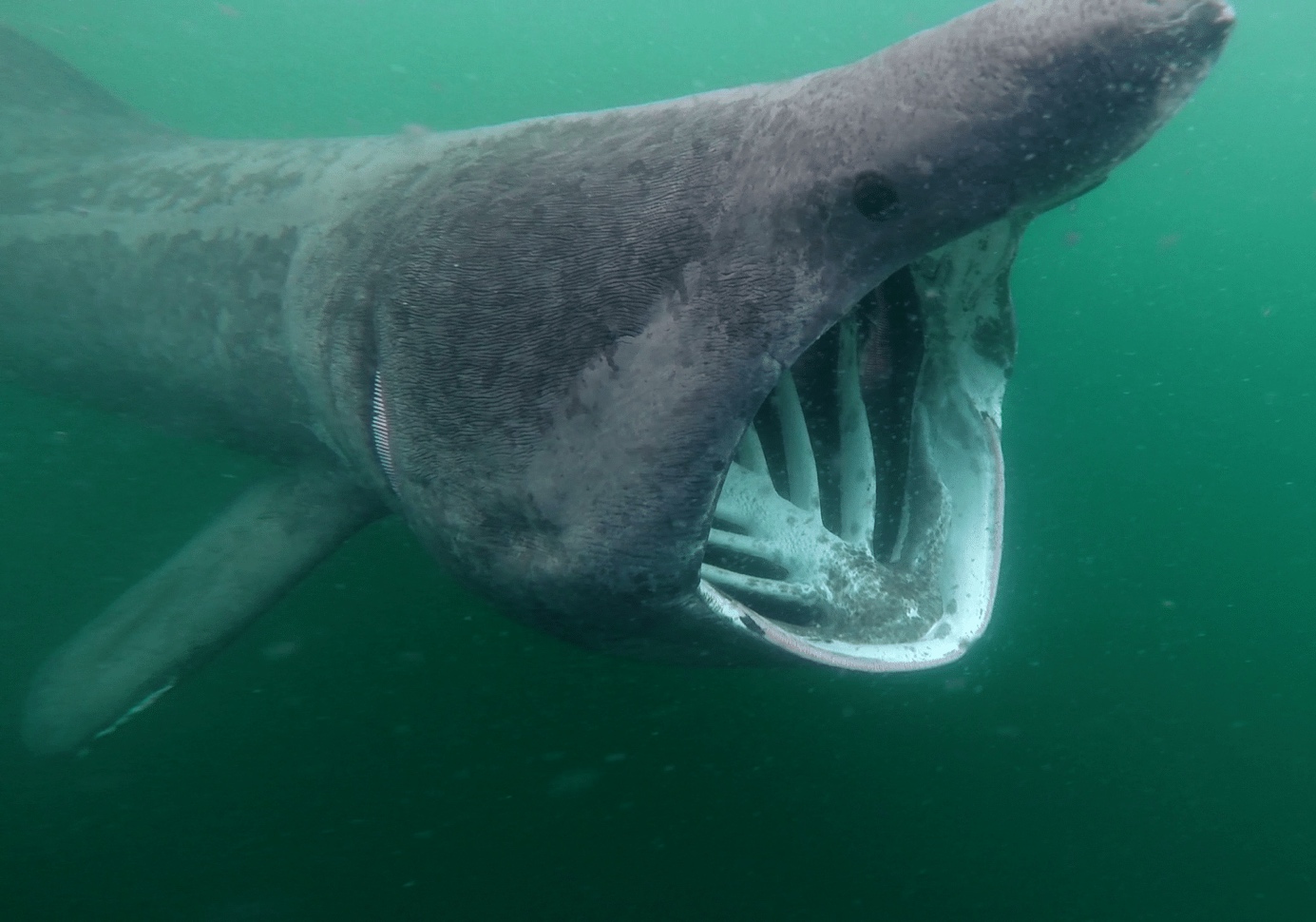
50% chance
Yes, you can see sharks in Scotland! Who would have thought that there could be some shark hotspots in Europe, too? Far less famous than the whale shark, the basking shark is the second biggest fish in the ocean, and like its cousin, it only feeds on plankton.
Obviously, water is cold between 10 and 12°C (50 and 55°F) in August, the peak season to see the basking sharks off the west coast of Scotland. Being a Dry Suit Diver definitely helps if you don’t want to turn into an ice cube at the end of the day.
The experience is also snorkelling between two dives which are some of the best of what you can find in Scottish waters. Superb shipwrecks covered in plumose anemones and deep walls covered in cup corals, with plenty of amazing marine life such as the dogfish, which is another shark species by the way!
Author Bio: Florine is a PADI Divemaster and a Dive Travel blogger at World Adventure Divers. She dives in tropical to extreme cold waters, selecting her destinations when both adventure diving and cultural discoveries are part of the journey, and showing you how to do it without breaking the bank.
